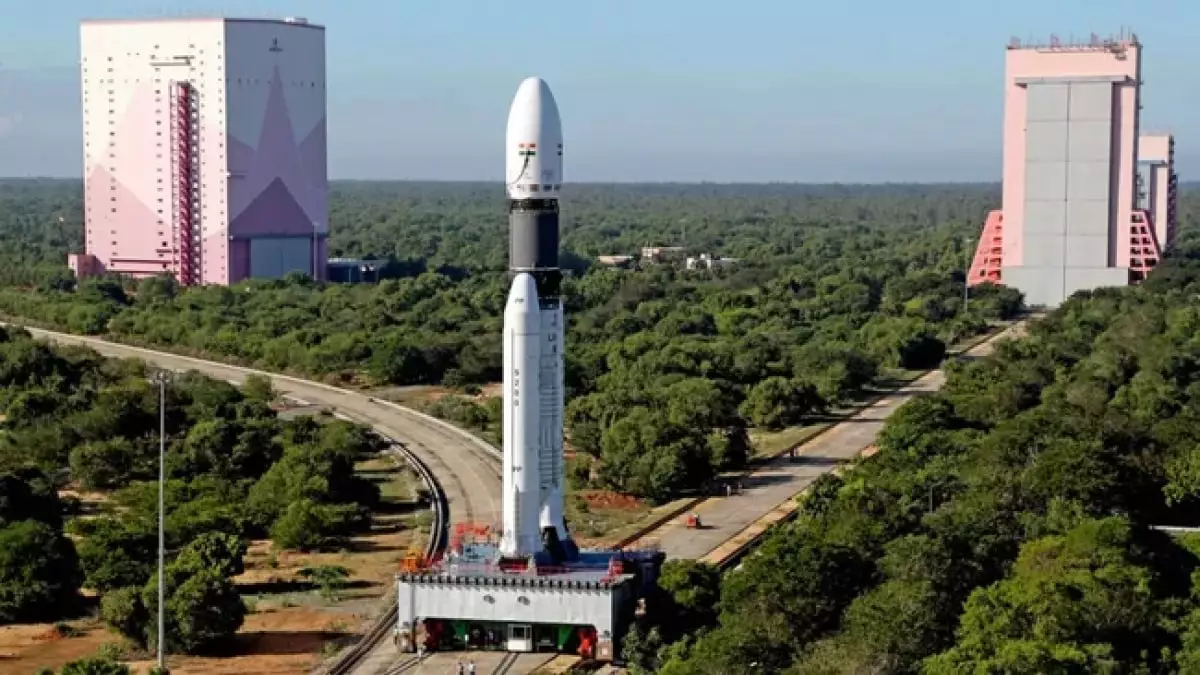India’s Gaganyaan mission, the nation’s much-anticipated foray into manned space exploration, has experienced a notable shift in its timeline, now set for 2026. This delay, announced by S. Somanath, the Chairman of the Indian Space Research Organisation (ISRO), stems from a commitment to ensuring safety and reliability after observing complexities in the aerospace industry reflecting on recent setbacks. The extension of the schedule by a year signifies a measured approach to space exploration, prioritizing extensive testing over ambitious timelines.
Central to the Gaganyaan initiative is a series of uncrewed test flights designed to validate crucial technologies necessary for a successful crewed mission. The first of these tests is slated for December 2023, marking a pivotal step toward completing rigorous pre-mission evaluations. These trials will facilitate India’s entry into the exclusive group of nations capable of sending humans into space, a significant milestone reshaping the landscape of global space exploration.
Highlighting this process, Somanath pointed out that the recent challenges faced by Boeing’s Starliner serve as clear reminders of why rigorous safety checks must be paramount. With the ambitious Gaganyaan mission aiming to send one or two astronauts to a low Earth orbit approximately 400 kilometers above Earth, the importance of thorough testing cannot be overstated. ISRO’s dedication to developing complex technologies internally plays a critical role in ensuring that the mission achieves its intended safety measures.
Indian astronauts are currently immersed in extensive training both at home and abroad to prepare for this historic journey. Among them is Shubhanshu Shukla, a test pilot from the Indian Air Force, who undergoes rigorous preparation as part of a mission that includes collaboration with Axiom Space in Houston. His training under former NASA astronaut Peggy Whitson involves acquiring essential skills like navigation and docking, fundamental to the success of the Gaganyaan mission.
The government’s renewed investment in the program, which has seen an infusion of 111 billion rupees, underscores a stronger commitment to ensuring that astronaut training and final testing are executed flawlessly. Such support not only enhances the mission’s safety protocols but also reflects India’s aspirations in the rapidly evolving field of space technology.
With all necessary modules now relocated to ISRO’s Sriharikota spaceport, the Gaganyaan mission signifies a bold step into the future of Indian space exploration. The logistical execution of subsequent uncrewed flights, demonstrated by the upcoming G1 mission featuring a humanoid robot named Vyomitra, is an essential precursor to the ultimate goal. Vyomitra’s functionalities will test re-entry and recovery systems critical for human safety.
India’s ongoing commitment to advancing its space capabilities ensures that the Gaganyaan mission will not only represent a technological triumph but also place ISRO on the global map as a significant player in human spaceflight. As this initiative unfolds, it paves the way for greater discoveries and collaborative opportunities in the vast realm of space exploration.


Leave a Reply